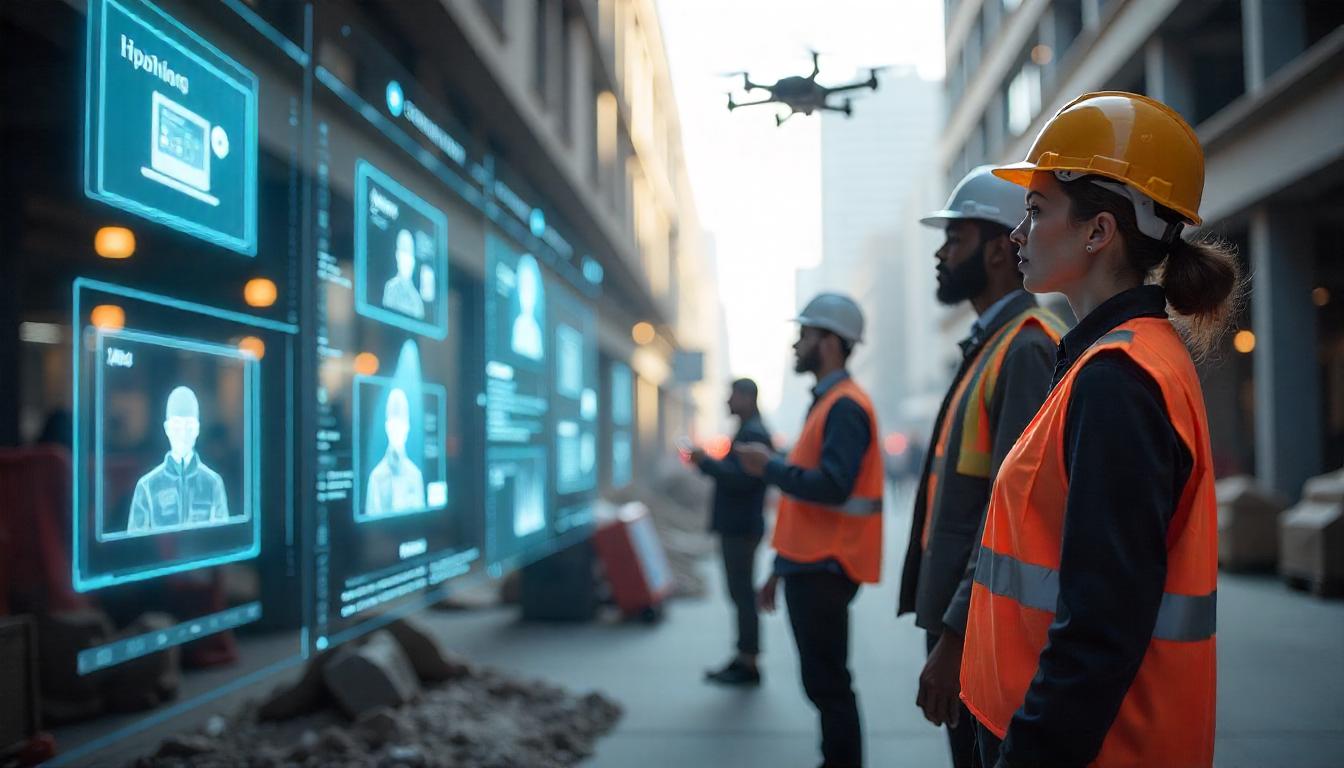The construction industry is undergoing a remarkable transformation, driven by the rapid integration of cutting-edge technologies. From 3D printing to Building Information Modelling (BIM) and digital twinning, these innovative solutions are revolutionising the way construction projects are planned, executed, and managed. However, as the industry embraces these technological advancements, it's crucial to address the legal implications and potential risks associated with their adoption.
Revolutionising Construction with 3D Printing
One of the most disruptive technologies reshaping the construction landscape is 3D printing. This game-changing approach enables architects and engineers to create intricate structures with unparalleled precision and efficiency. By eliminating the need for traditional construction methods, 3D printing offers numerous benefits, including reduced waste, lower carbon emissions, and increased energy efficiency in the final structures.
However, as with any emerging technology, the adoption of 3D printing in construction presents legal challenges that must be carefully navigated. One of the primary concerns is the allocation of liability in cases of defective workmanship. It remains unclear whether the responsibility would lie with the contractor, the 3D designer, or the manufacturer of the 3D printer. Additionally, the risk of cyber-attacks on computer-controlled systems increases as construction becomes more reliant on digital inputs.
Streamlining Processes with Building Information Modelling (BIM)
BIM is another revolutionary technology transforming the construction industry. This integrated approach allows architects, engineers, contractors, and other professionals to collaborate on a single, coordinated 3D model throughout the project's lifecycle. BIM not only facilitates early identification and resolution of potential issues but also optimises designs and reduces the risk of errors and delays.
While BIM Level 2, which focuses on collaborative working, poses minimal liability risks, BIM Level 3 introduces new challenges. With its fully integrated web-based system, where all project participants can access and modify the same data in real-time, the lines of responsibility become blurred, making it difficult to apportion liability in case of errors or disputes.
Digital Twinning: A Virtual Replica of the Physical World
Digital twinning, the creation of a virtual replica of a physical asset using real-time data, is another innovative technology gaining traction in the construction industry. By simulating real-life scenarios, digital twins allow construction professionals to optimise asset performance, reduce waste, and increase energy efficiency. Additionally, they enable predictive maintenance, minimising downtime and facilitating strategic upgrade projects.
Similar to BIM, digital twinning introduces liability and intellectual property concerns. Establishing clear traceability and liability allocation in case of errors is crucial. Furthermore, the use of digital twins may involve incorporating copyrighted material, necessitating updates to intellectual property provisions in contracts.
Embracing Innovation in Construction HR
To keep pace with the rapid technological advancements in the construction industry, companies must also innovate their human resources (HR) strategies. Attracting and retaining top talent has become a priority, and companies are turning to technology-driven recruitment techniques to gain a competitive edge.
Leveraging social media platforms, AI-powered job matching algorithms, and compelling employer branding campaigns are just a few examples of innovative recruitment strategies being adopted by forward-thinking construction firms. These approaches not only attract talented individuals but also showcase the company's commitment to embracing technology and innovation.
Furthermore, fostering a culture of growth and continuous learning is essential for construction professionals to stay ahead of the curve. HR leaders play a pivotal role in developing strategies that promote skill development, career progression, and the cultivation of innovative ideas. By implementing training programs, mentorship initiatives, and performance management systems, construction companies can empower their workforce to embrace new technologies and drive the industry forward.
Navigating the Legal Landscape
While the integration of innovative technologies in the construction industry presents numerous opportunities, it also introduces legal complexities that must be carefully addressed. Construction professionals must ensure that their contracts are meticulously drafted to address issues such as liability allocation, risk management, and intellectual property rights.
Clear protocols and responsibilities should be established for each party involved in the creation and management of digital assets. Additionally, companies must prioritise cyber risk insurance and implement robust measures to protect against cyber threats, ensuring data is stored securely and access is restricted to authorised personnel.
Compliance with data protection regulations is another critical consideration, as the use of digital twins and other data-driven technologies may involve the collection and processing of sensitive information. Construction firms must ensure they adhere to all applicable laws and regulations to safeguard confidential data and maintain the trust of their clients and stakeholders.
The construction industry is at the forefront of a technological revolution, with innovations like 3D printing, BIM, and digital twinning reshaping the way projects are executed. While these advancements offer numerous benefits, they also introduce legal complexities and potential risks that must be carefully navigated.
By embracing technology-driven recruitment strategies and fostering a culture of continuous learning and innovation, construction companies can attract and retain top talent equipped to harness the power of these cutting-edge solutions. However, it is essential to address the legal implications by drafting comprehensive contracts, implementing robust cybersecurity measures, and ensuring compliance with data protection regulations.
Successful integration of innovative technologies in the construction industry hinges on striking a balance between embracing advancements and mitigating associated risks. By proactively addressing these challenges, construction professionals can unlock the full potential of these transformative technologies and drive the industry towards a more efficient, sustainable, and visionary future.
Explore our latest construction vacancies or connect with one of our specialist recruiters at CGC Recruitment to navigate the intersection of technology and talent acquisition in the construction industry. Visit https://www.cgcrecruitment.com/consultants to embark on a journey towards embracing innovation while mitigating legal risks and attracting top talent.










